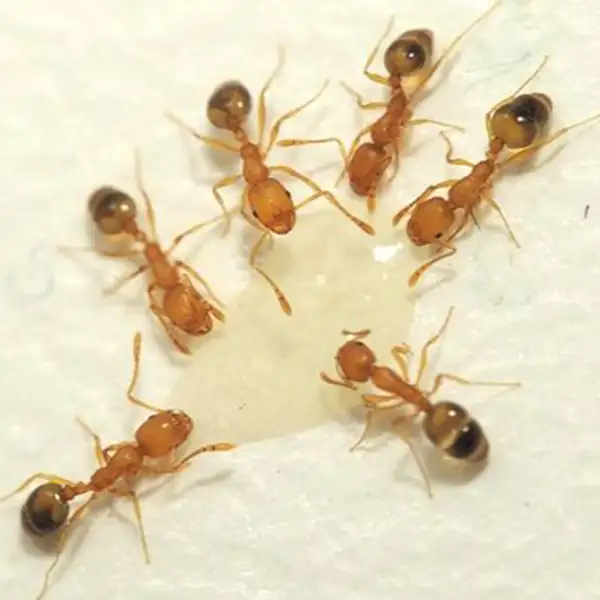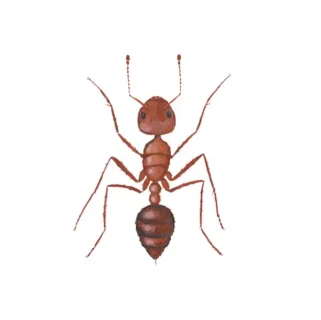
Pharaoh Ants in Kailua Kona
In the Kailua Kona region, the Pharaoh ant stands out as one of the most stubborn and challenging ants to manage. Their extensive colonies, housing numerous workers and queens numbering in the thousands, present significant obstacles for eradication efforts. As an invasive species, they outcompete native ants, driving them away from the vicinity. Pharaoh ant colonies possess the remarkable ability to rapidly divide and establish new colonies in response to disturbances, facilitating their swift spread within homes and structures. While they tend to nest in well-protected indoor areas, they exhibit a preference for lawns and gardens when outdoors.
Pharaoh Ant Habitat
Pharaoh ants are relentless foragers, scavenging for sweets, proteins, and both live and dead insects around the clock. They tend to establish nests in areas with ample moisture, often near water sources like sprinkler systems and evaporative cooling units. Indoors, Pharaoh ant nests are typically situated in inaccessible spots close to moisture, such as bathrooms, kitchens, beneath floors, and behind baseboards. In healthcare facilities and food-processing establishments, they commonly inhabit areas like kitchens, laundries, boiler rooms, and around heating ducts, toilets, and pipes. Pharaoh ants exploit electrical wiring and plumbing pipes as pathways to traverse from one room to another, facilitating their access throughout entire structures.
Pharaoh Ant Behaviors, Threats, or Dangers
While Pharaoh ants do not inflict bites, they pose significant health risks by carrying and transmitting various harmful pathogens, such as salmonella and streptococcus, to humans and pets. Their diminutive size enables them to infiltrate almost any space, leading to contamination of food and food preparation surfaces in kitchens and cafeterias during their foraging activities. In healthcare settings like hospitals and nursing homes, they can compromise sterile environments by contaminating operating rooms, surgical equipment, and recovery areas. Moreover, traditional pest control methods often prove ineffective against Pharaoh ants. If a Pharaoh ant infestation is suspected, it is recommended to contact a professional ant exterminator.
Need help with Pharaoh Ant control?
Need Pest Control Service?
Leave your information below and we’ll be in touch with a FREE quote!
"*" indicates required fields
*During normal business hours. After hours calls will be returned the next business day.


![White footed ant on a white background. Ant removal services with [placeholder-comapny] in Kailua Kona](https://konacoastpestcontrol.com/wp-content/uploads/white-footed-ant-350x262.webp)

